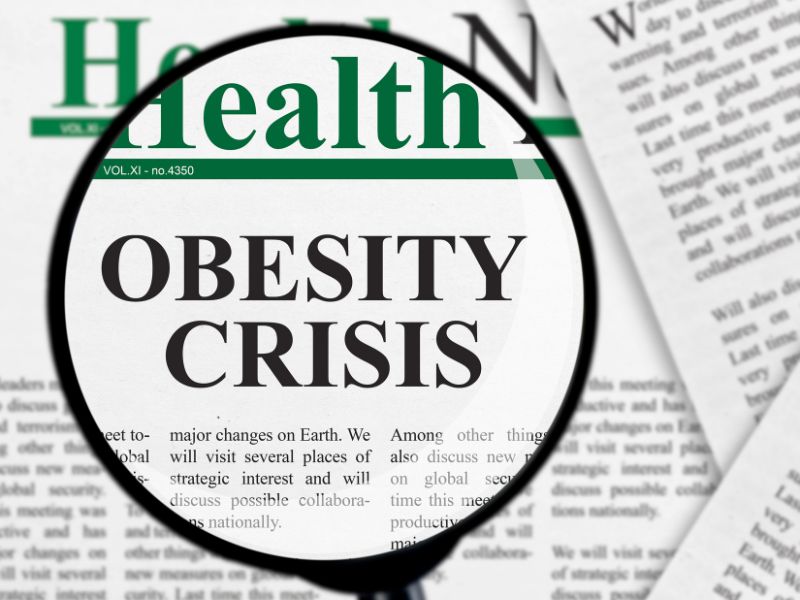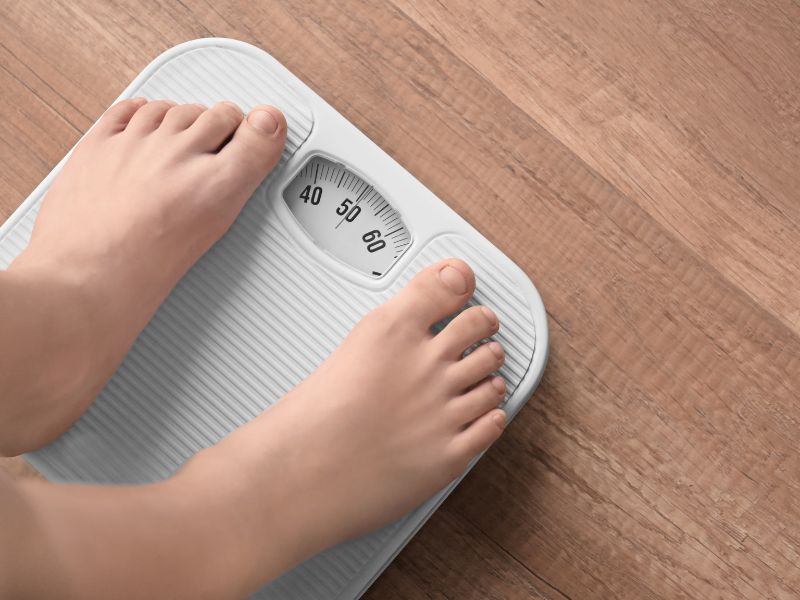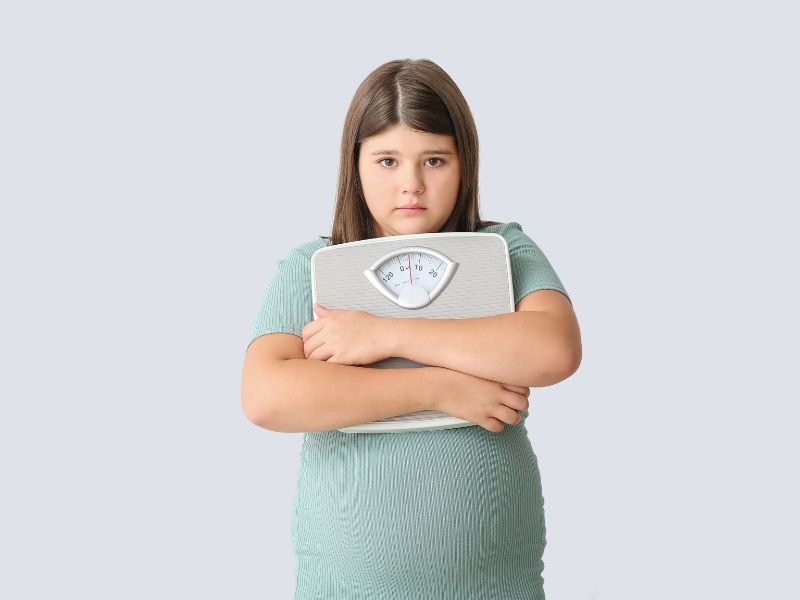Article by – Doctor Leigh Ettinger
Should I worry about my child’s weight?
Life is full of risks. Some are easily reduced or even eliminated. Fasten your seatbelt to reduce your risk of a fatal automobile injury by 45%. Easy. Never go into the ocean and I can guarantee that you will never be eaten by a shark. Some risks cannot be changed.
Inherit a gene for Autosomal Dominant Polycystic Kidney Disease and forever be at increased risk for end stage renal disease. Not much can be done to reduce that risk, at least with the current state of medicine. Obesity is a risk factor somewhere between these extremes. The question is how much risk we are willing to accept and what is absolutely unacceptable.
The risks associated with childhood obesity
Certainly, some parents tell me that they are comfortable with the risks associated with their child having obesity. OK. I just ask that this be an informed decision. For a decision to be made all of the risks must be known. It has been shown that obesity may increase the risk of over 200 health conditions that can worsen the quality of life and shorten the quantity of life.
This article summarizes the many health risks of obesity. Briefly, obesity has been shown to possibly adversely affect every organ system in the body. There is an increased risk of all sorts of cancers. There can be impaired fertility. Since these risks accumulate, it is presumed that a child with obesity is more likely to suffer these consequences over their lifetime than an adult who develops obesity later in life.
Observational Studies On Obesity Risks

This observational study demonstrates how childhood obesity increases the risk of cardiovascular disease later in life. Researchers followed up on 771 subjects who were part of a lipid study in the early 1970s in Cincinnati. At that time the subjects were between the ages of 6 and 19 years. 31 members of the group had obesity. By about 25 years later 17 subjects had suffered some form of cardiovascular disease (heart attack, bypass graft, angioplasty, or stroke). The breakdown of those 17 subjects was 6/31 with obesity (19.4%) vs 11/740 (1.5%) without obesity.
Observational studies can be problematic since many unknown and even known variables cannot be accounted for, but, assuming all else being equal, there is a striking difference (14.6 times the risk after statistical adjustments) between obese and lean outcomes,
even at a young age.
Or maybe the child with obesity will never develop a secondary condition like cardiovascular disease. The above study even shows that people without obesity have some risk of heart problems or a stroke too. Maybe the worrying and focus on weight are for nothing. So, let’s talk about the here and now. Below are some problems that are very likely to be affecting the child with obesity today.
The work of childhood is play

Variations of this quote have been attributed to Jean Piaget, Maria Montessori, and Mr. Rogers. But play can be difficult for a child with obesity.
A child with obesity must alter their gait to manage their wider and heavier body. Walking is slower and with increased abnormal forces to the hips, knees, and front half of the foot. Adolescent males with obesity have been found to have impaired balance. Children with obesity report more joint pains, especially in the feet and ankles, when compared with children with normal weight.
These imbalances, malalignments, and pains can impair a child’s ability to comfortably exercise, which is often the very intervention first recommended for weight control. Instructing a child with obesity to go out for a run or even for a walk may not recognize that they may have nagging lower extremity pains or actually feel unsteady on their feet.
Suitable exercises for kids
Unfortunately, avoiding activity can then lead to more weight gain which can exacerbate the musculoskeletal problems in a vicious cycle. More suitable exercises are swimming or riding a stationary bicycle. Yoga, the gentle movements of tai chi, non-weight-bearing weight lifting, or directed physical therapy can address the imbalances and weaknesses. Finding an activity a younger person enjoys can help them get back to the work of play.
Your future depends on dreams

It is estimated that up to 60% of children with obesity have Obstructive Sleep Apnea (OSA). If a child with obesity snores, has morning headaches, or is fatigued during the day then they should be evaluated for OSA.
Sleep-disordered breathing ranges from complete to partial airway obstruction in the mouth, nose, or throat for at least two breaths. The chest is moving but less or no fresh air is getting to the lungs. The diagnosis is made by counting events during a sleep study. The degree of OSA seems to parallel the severity of the obesity. In the horizontal sleeping position, the breathing muscles may struggle to push the larger belly and move the heavier chest wall far enough to draw in adequate air. The work of breathing has just become too hard.
This 2012 review article nicely summarized the effects of OSA on children. In brief, it has been shown that children with obesity and OSA suffer from excessive daytime sleepiness and fatigue.
Conversely, the hyperactive child may actually be frantically in motion in order to avoid succumbing to their exhaustion. Fractured sleep has also been shown to cause cognitive problems. Resolving the OSA has been shown to lead to improvements in attention, memory, and school performance. Better sleep is needed to make those academic dreams a reality.
What is the body’s largest organ?
In elementary school, my answer to this question on a quiz was incorrectly marked wrong. The teacher thought the answer was the liver. I corrected her after the test that it was, in fact, the skin. Somehow I was able to prove it to her without the internet. You may say that was the start of my medical career.
Nowadays skin is no longer the correct answer. Skin is about 5.5% of a person’s body weight. Now the largest organ in most people’s bodies is their fat, which is 18%-31% of the bodyweight of adults. Body fat was never less than skin by percentage weight but it was thought to only be an inert storage of energy and therefore not an organ. What has changed is the recognition that fat cells (adipocytes) throughout the body are together an endocrine gland that is metabolically dynamic. It synthesizes numerous biologically active compounds.
There is now understood to be a complex interconnection between extra fat cells, insulin resistance, genes, and increased male sex hormones in the female-specific condition Polycystic Ovarian Syndrome(PCOS). PCOS is now striking adolescent females with its collection of distressing symptoms, like acne, excess hair growth in unwanted places, and irregular menstrual cycles. It may even cause premature menarche. If your daughter is suffering from these unwanted symptoms then she should be seen by a pediatric endocrinologist because there are medications that can help in addition to dietary and lifestyle changes.
Weight stigma

Weight bias has been described for over 50 years as the discrimination against as well as the negative attitudes and beliefs about people with obesity. For the school-age child weight bias may manifest as verbal teasing, physical bullying, or indirect tormenting (like rumour spreading).
In one study 84% of students had observed weight-based victimization in school. Anti-bullying programs attempt to curb this behaviour among the student body. Yet, there is also evidence of the implicit and explicit weight bias of teachers affecting the treatment of pupils with obesity.
Teachers have been found to have biases that their students with obesity have lesser reading or math abilities. Sure enough, in a survey of adolescents enrolled in a weight loss camp, 27% reported experiencing weight-based victimization from a teacher.
So, check-in with your child if they have obesity, and see how they are being treated by others.
Victims of weight bias can suffer from depression, anxiety, social isolation, substance use, suicidal thoughts, poor body image, low self-esteem, and reactionary unhealthy eating behaviours. The website 7cups offers free trained listeners 24/7 for emotional support for ages 13 and up.
Summary
Life can be tough. Being a child with obesity can make life tougher today and in the future. In January of 2023 the American Academy of Pediatrics recommended no longer practicing watchful waiting for childhood obesity. Prompt initiation of Intensive Health Behaviour and Lifestyle Treatment has been advised.
The plant-based eating pattern may be the solution to your childhood weight concerns (then link to my Plant-based Solutions for Childhood Obesity eCourse?).
